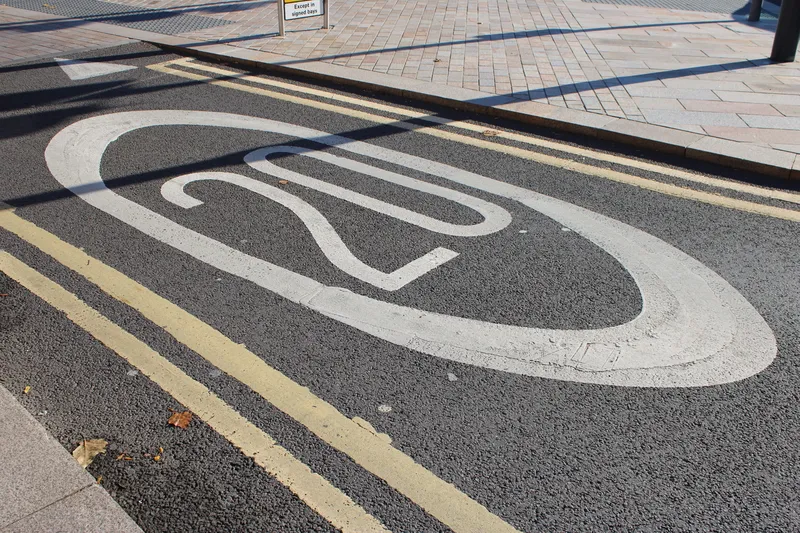Fleets of TaxiBots and AutoVots could deliver today’s mobility with significantly fewer cars, says a new study. Self-driving shared cars could make 90 per cent of conventional cars in mid-sized cities superfluous, according to the study published by the International Transport Forum at the OECD.
Even during peak hours, only one third of the current number of cars would be needed to provide the same number of trips as today.
ITF researchers used actual transport data from Lisbon, Portugal, to model the
May 1, 2015
Read time: 2 mins
Fleets of TaxiBots and AutoVots could deliver today’s mobility with significantly fewer cars, says a new study. Self-driving shared cars could make 90 per cent of conventional cars in mid-sized cities superfluous, according to the study published by the 998 International Transport Forum at the 7353 OECD.
Even during peak hours, only one third of the current number of cars would be needed to provide the same number of trips as today.
ITF researchers used actual transport data from Lisbon, Portugal, to model the impact of two concepts: TaxiBots, self-driving vehicles shared simultaneously by several passengers (ride sharing) and AutoVots, which pick up and drop off single passengers sequentially (car sharing).
The largest reduction is achieved where a fleet of TaxiBots is complemented by a subway or other high-capacity public transport. But even in the least effective scenario, 50 per cent of cars would no longer be needed (AutoVots without subway).
The need for on-street parking spots could be totally removed with a fleet of shared self-driving cars in all scenarios, allowing the reallocation of 1.5 million m², or 20 per cent of road space to other uses.
While the number of cars is drastically lower, total kilometres travelled increase. This is due to detours for pick-ups/drop-offs, repositioning and a shift from bus trips to shared cars. The additional travel could increase environmental impacts, if the fleets used conventional engines. If a fleet of electric vehicles were used instead, a TaxiBot fleet would need only two per cent more vehicles, however, to accommodate battery re-charging times and reduced travel range.
Even during peak hours, only one third of the current number of cars would be needed to provide the same number of trips as today.
ITF researchers used actual transport data from Lisbon, Portugal, to model the impact of two concepts: TaxiBots, self-driving vehicles shared simultaneously by several passengers (ride sharing) and AutoVots, which pick up and drop off single passengers sequentially (car sharing).
The largest reduction is achieved where a fleet of TaxiBots is complemented by a subway or other high-capacity public transport. But even in the least effective scenario, 50 per cent of cars would no longer be needed (AutoVots without subway).
The need for on-street parking spots could be totally removed with a fleet of shared self-driving cars in all scenarios, allowing the reallocation of 1.5 million m², or 20 per cent of road space to other uses.
While the number of cars is drastically lower, total kilometres travelled increase. This is due to detours for pick-ups/drop-offs, repositioning and a shift from bus trips to shared cars. The additional travel could increase environmental impacts, if the fleets used conventional engines. If a fleet of electric vehicles were used instead, a TaxiBot fleet would need only two per cent more vehicles, however, to accommodate battery re-charging times and reduced travel range.










